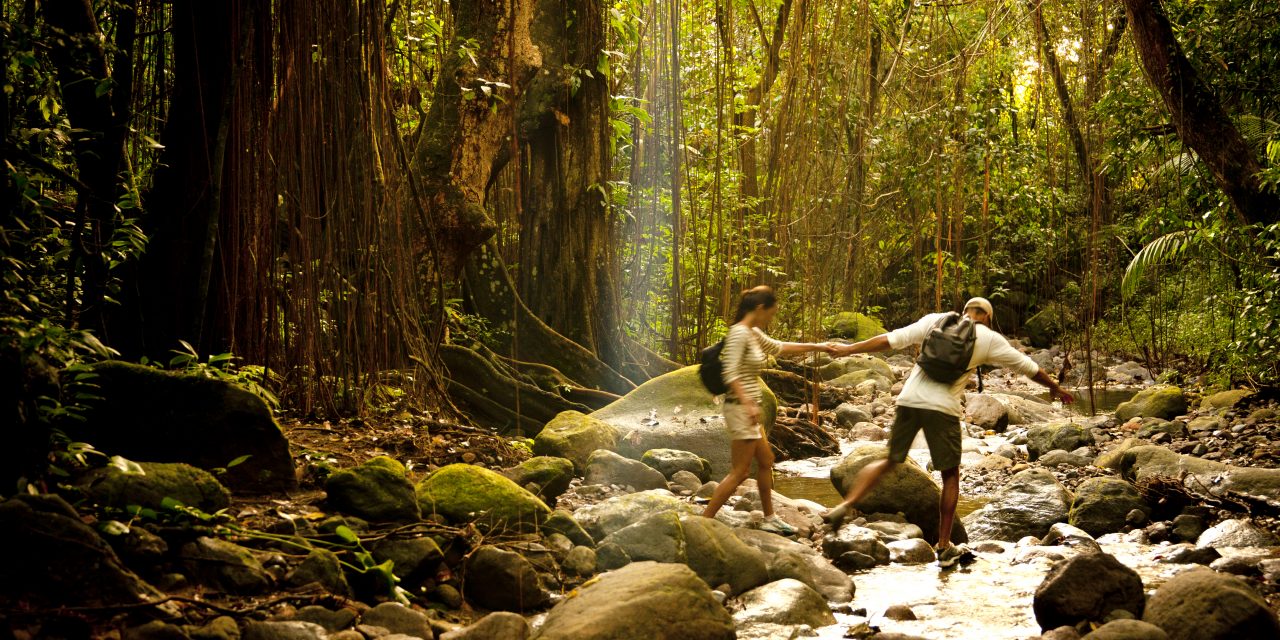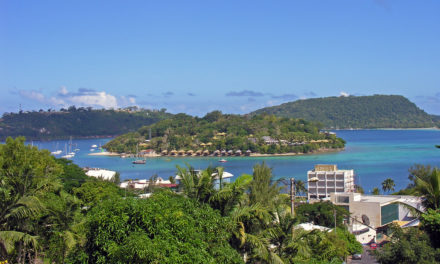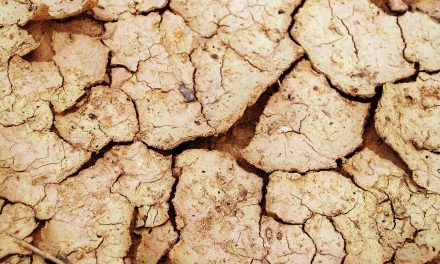Sustainability Meaning in St Kitts and Nevis?
St Kitts and Nevis’ path to sustainability has long been marked by the pursuit of climate change adaption and environmental quality. This process is most evident in its use and development of land.
LAND: RESPONDING TO CLIMATE CHANGE
In 2015, the Government unveiled the Climate Change and Sustainable Land Management (SLM) Project, to be carried out with assistance from the Organisation of Eastern Caribbean States (OECS) and the European Union. Along with the other eight OECS member states, St Kitts and Nevis then pledged to build a “natural resource base resilience to the impacts of climate change.”
As a small island developing state, St Kitts and Nevis does little to spur climate change, but is among those most vulnerable to its effects. Natural disasters like hurricanes and floods have pronounced impacts on islands, which are disadvantaged by their size, geographical location, and economies of scale. This is why St Kitts and Nevis has integrated natural disaster prevention and climate change management into its national growth strategy.
The Climate Change and SLM Project is a regional effort, that has required international cooperation and aligned thinking. In St Kitts and Nevis, this has meant adopting new legal and regulatory frameworks for land management, compliance with new and improved building codes, coastal construction baselines, and ecological buffers. Climate action in St Kitts and Nevis is thus visible in every new build.
The Project also involves locally-led efforts, and the buy-in of all citizens. For example, where sugar canes once protected land from erosion, locals must now actively partake in mitigation efforts and ensure they understand the value of vegetation, natural decomposition, and proper methods of clearing.
LAND: PROTECTING NATURE’S GIFTS
It is not just climate change that drives St Kitts and Nevis’ sustainability efforts: it is also the nation’s close connection to, and respect for, its verdant environment. The Federation boasts four national parks and two marine parks, as well as a marine and wildlife reserve, and a bird sanctuary.
Biodiversity is also protected through the assistance of international partners, such as the OECS, which, in 2005, elected St Kitts’ Central Forest Reserve to its OECS Protected Areas and Associated Livelihoods (OPAAL) Project. In 2015, St Kitts and Nevis joined forces with the United Nations Development Programme (UNDP) and the Global Environment Fund (GEF) to inaugurate the Conserving Biodiversity and Reducing Habitat Degradation in Protected Areas and their Areas of Influence Project – another initiative to protect the Federation’s rich ecosystem.
St Kitts and Nevis’ commitment to sustainability has transferred into the strengthening of institutional and regulatory frameworks to ensure that climate change and environmental protection efforts are long-lasting and effective.]]>
- What’s Happening in Yemen? - 28th June 2019
- World Facing ‘Climate Apartheid’ According to UN Expert - 25th June 2019
- Enabling Women - 4th January 2019






